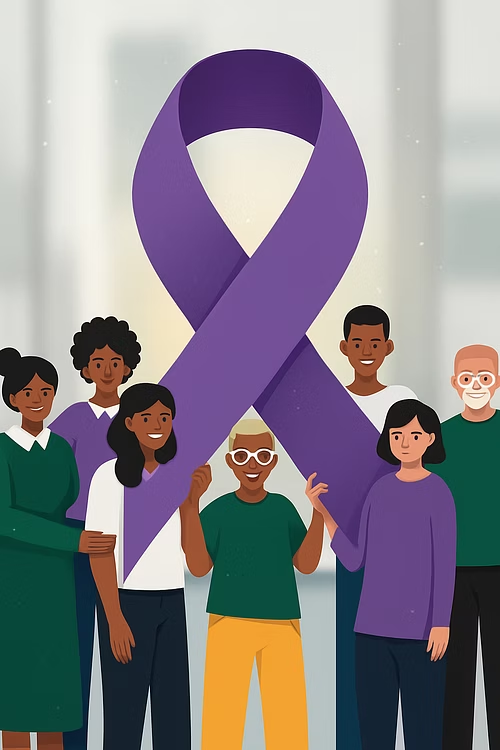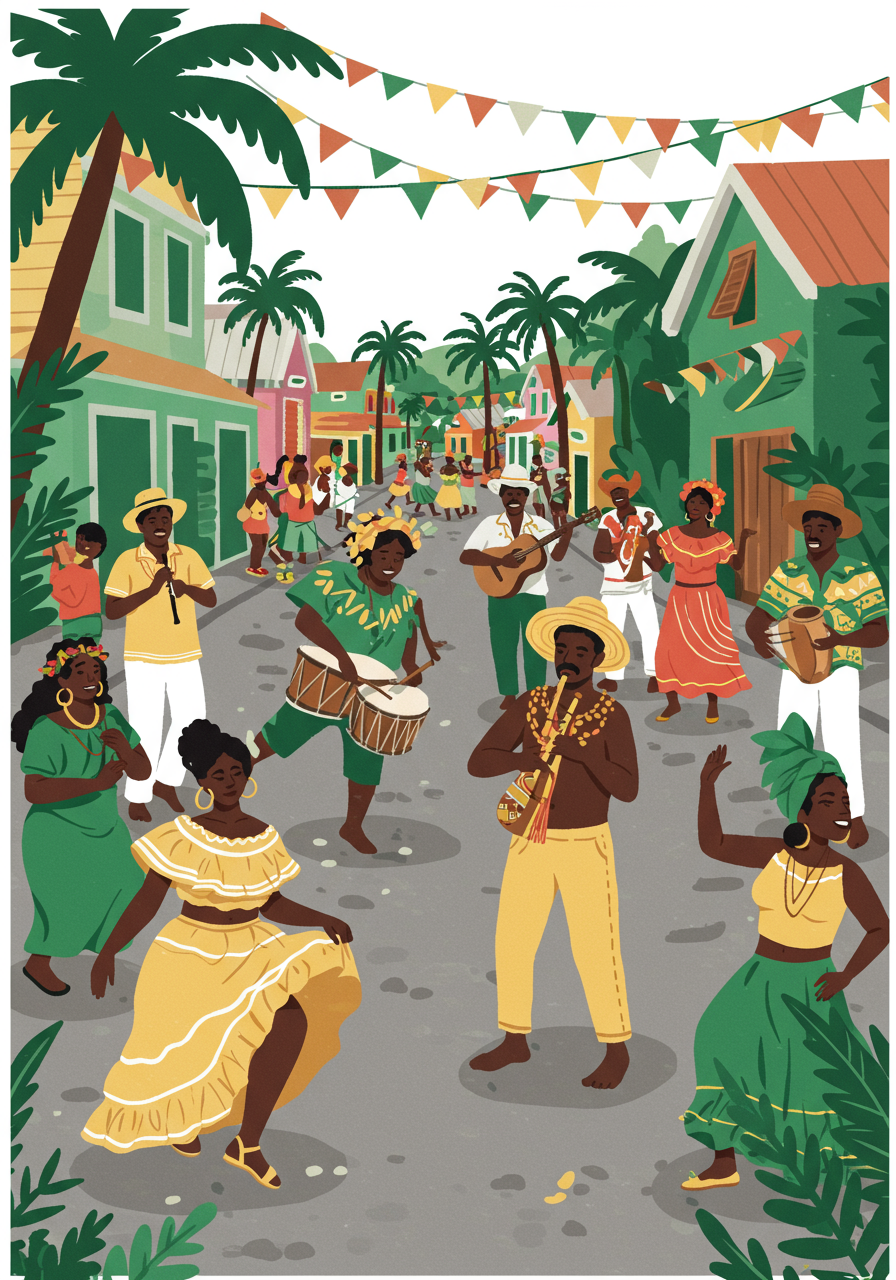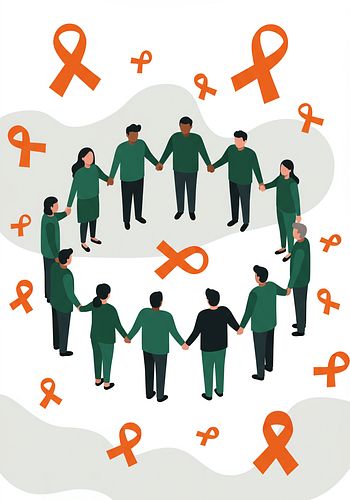The Historical Context of Older Americans Month 📜
Older Americans Month is a significant time in the diversity holidays and days of recognition calendar. Established in 1963, it was originally called “Senior Citizens Month” by President John F. Kennedy and has evolved in its scope and intent. It was later renamed by President Jimmy Carter in 1980. This annual event celebrates the contributions of older adults to their communities, recognizing their achievements and the pivotal roles they play. It also serves as a reminder of the importance of ensuring their care and respect. By revisiting its origins, we understand its role in honoring an important demographic in our society.
Dimensions of Diversity Supported by Older Americans Month 🌈
Older Americans Month addresses several critical dimensions of diversity, focusing primarily on age diversity. It raises awareness about ageism, promoting age inclusivity in various sectors including the workplace, healthcare, and the community. This observance encourages intergenerational dialogue and activities, fostering understanding and cooperation among different age groups. By celebrating the achievements and contributions of older adults, this month helps to dismantle stereotypes and encourage respect across generations.
To dive deeper into the significance of Older Americans Month and explore more about inclusive engagement in today’s diverse environments, join the Diversiology community. Check out our comprehensive diversity calendar and discover extensive articles, insights, and tools designed to enhance your understanding of Diversity, Equity, and Inclusion. Become a part of the premier community of learners and leaders committed to making a difference – one story, one conversation, one resource at a time.








